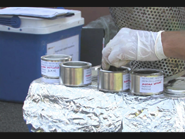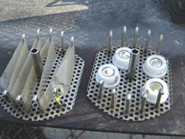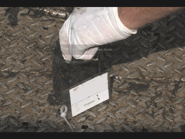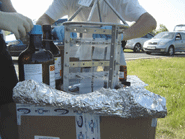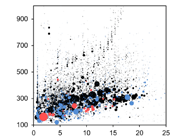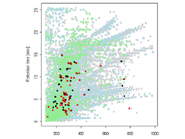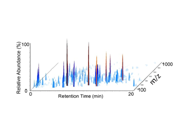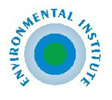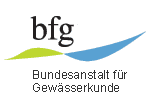You are here
Outcomes of WG3 on Effect-directed analysis for hazardous pollutants identification
2024 - New EDA Review: Recent progress and challenges in implementing high-throughput EDA for large-scale studies.
New fractionation technologies, high-throughput bioassays, and increasingly efficient non-target analysis workflows are now being explored to advance EDA, transitioning it from isolated studies of a few samples to large-scale investigations. In this review, WG3, in collaboration with WG2 and WG NTS explored recent developments in these fields, identifying new opportunities and addressing remaining challenges in HT-EDA.
2024 - Session in SETAC Europe 2024: Identifying toxicity drivers in complex mixtures.
A session on the identification of toxicity drivers in complex mixtures proposed by the WG3 leaders was held at SETAC Europe 2024 and interesting EDA works including some from NORMAN members were discussed.
2023 - Session in ISEAC 2023: Effect directed analysis and in vitro assays for mixture assessment.
Latest advances in EDA were discussed during the EDA session organized by WG3’s leader Frederic Béen during the ISEAC 2023 (International Conference on Environmental and Food Monitoring) conference in Amsterdam.
